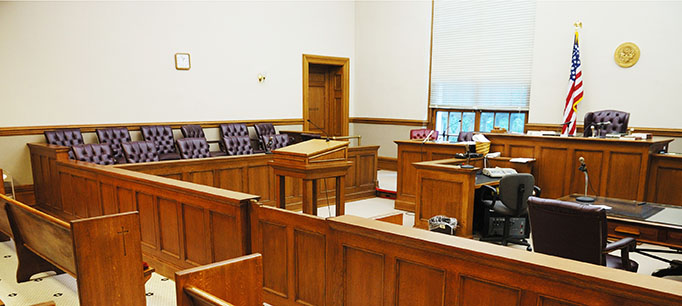Changes in criminal justice policy have significantly altered the role of probation in the state and, as documented in a new PPIC report, have put considerable demands on counties.
The report, California Probation in the Era of Reform, is based on data from 12 counties and describes the changing characteristics of individuals under probation supervision. Viet Nguyen, report coauthor and PPIC research associate, presented the findings at a briefing in Sacramento. Among them:
- Reforms shifted probation caseloads toward more serious offenders. Public safety realignment—implemented in 2011 and designed to address prison overcrowding—shifted the management of lower-level felons from the state prison and parole systems to county jails and probation departments. After realignment, the number of new probation cases increased steadily because of counties’ new responsibilities in managing two types of offenders: those released from state prison on post-release community supervision and those given “split sentences,” who serve part of their sentence in county jail and then are placed under mandatory supervision. In 2014, Proposition 47—which required that certain drug and property offenses be charged as misdemeanors—resulted in a dramatic decline in new felony and misdemeanor probation cases. But it also further concentrated the probation caseload on individuals who have committed more serious offenses.
- Jail bookings are common among the probation population, especially for realigned offenders. Nearly half of people placed under probation supervision were booked into county jail within their first year. Realigned offenders had the highest booking rates, were more likely to enter jail multiple times in their first year, and stayed in jail longer than traditional felony and misdemeanor probation cases.
- African Americans are overrepresented among people under probation supervision. African Americans make up 7.9% of the general population but 22.9% of those entering probation supervision. Overall, the shares of Latinos and whites under probation supervision were similar to their shares in the population, while Asian Americans made up a much smaller proportion of new probation cases.
Learn moreRead the report California Probation in the Era of Reform


